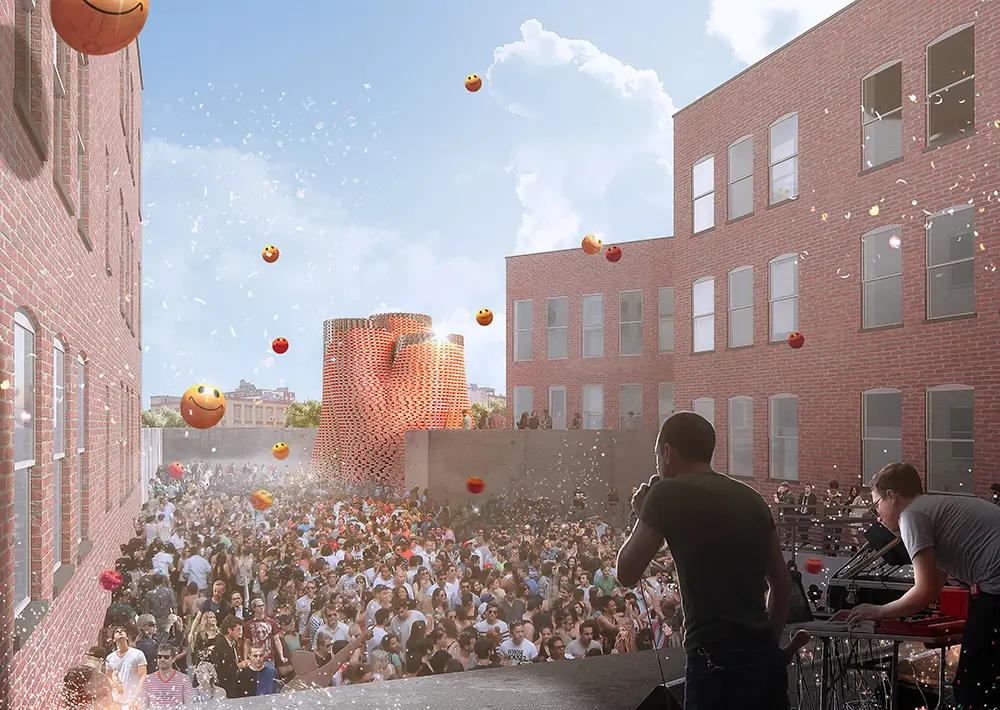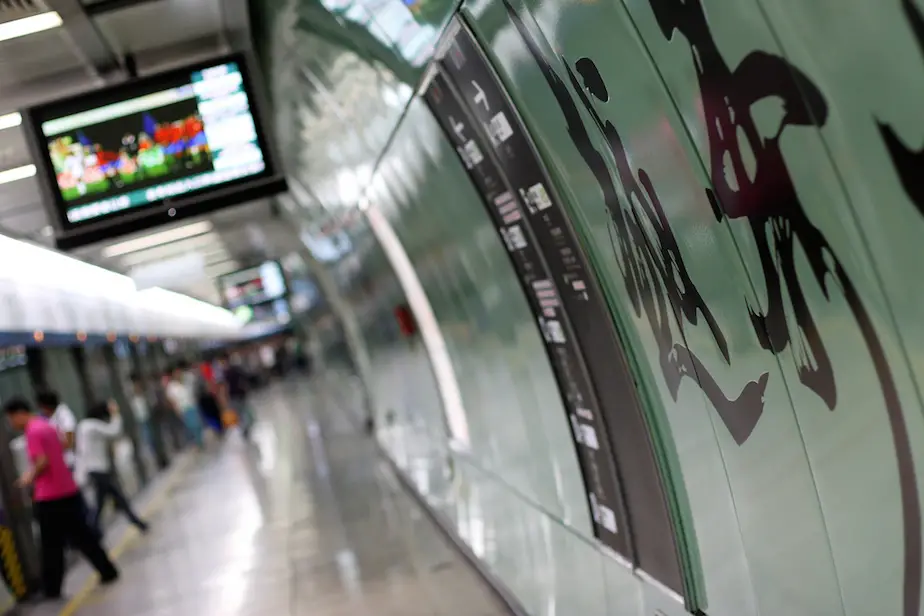Bullets to Brushes: Painting for a Better Urban Landscape in Long Beach
Last month, I had the opportunity to take a month-long visit to my hometown of Long Beach, California. The city, about 25 miles south of Downtown Los Angeles, is a study in contrasts. Some rich seaside districts rival the opulence of our southern neighbor, Orange County. But that’s not what we’re famous for. We’re famous for our ghettos, whose mean streets forged a generation of violent gangs and drug abusers. Perhaps our city’s most famous native son, Snoop Dogg, put it best when he described these neighborhoods: “So much drama in the LBC.”
There have been a number of improvements made to the city, and crime has gone down steadily over the past decade – in 2013 the city had its lowest rates of violent crime in 41 years. But many parts of town are still pretty rough. When I got into town, I found out that my dad had just gotten a taste of this dark side of the city – though fortunately it was from the safety of a jury bench. He was tapped for jury duty and ended up serving on the case of a brutal, cold blooded murder of a homeless man sleeping on a bus bench at three in the morning. My dad was shaken by this. It was enough to make him give up caffeine, and if you know my dad, you know that’s a big deal.
Everyone can agree that we want as few events like these as possible. And for the most part, prevention (in the form of a well armed police force) is the way the world’s cities respond. Obviously, for practical reasons, this will always be necessary. But what if it were not just the police but the creative minds of the world’s cities who came together to make an urban environment that discouraged violent behavior and made the city more beautiful at the same time? As it turns out, Long Beach has been doing just that.
Starting in 2010, the city’s arts council, city hall, and the now discontinued California Redevelopment Agency came together to commission a distinctive new project. They looked around the city, and found that there were a large number of plain white electrical boxes, about 6 feet tall and 3 feet by 3 feet around. Instead of leaving these boxes a dull ugly white, why not hire local artists to paint unique works of art on each of them?
The program was able to paint a significant number of the blank electrical boxes in the city. Many artists chose to draw on the city’s history: one depicts street cars from the city’s long deceased Pacific Electric Railway, others reflect the natural environment of palm trees, sea gulls, and beaches, and another (whose artists put together the time lapse photo below of their painting process) honors jazz musicians of a bygone era.
The pace of this project seems to have slowed down since the state’s cancellation of the redevelopment agency program, affecting cities across the state. But this program also appears to have spawned a number of similar initiatives across greater Los Angeles – groups like LA Commons have sponsored electric box mural projects in neighborhoods such as Boyle Heights, East Hollywood, and Palms.
The program has been applied in rich and poor neighborhoods alike, and there’s no doubt that in the nicer parts of town, it has taken their already high aesthetic appeal and increased it, perhaps making those areas more distinctive as well. But one question remains: on the grim streets of Long Beach’s toughest neighborhoods, will this program make things better?
Practically minded people might be inclined to answer with a resounding “no”. What good would some silly art project do in fighting serious problems like crime?
As was mentioned earlier, this program is no substitute for conventional crime fighting programs and effective, responsible policing. But creating safer environments can’t just be seen as taking out the bad guys, it also has to make room for creating more good guys. Two ways to do this are to give people a path forward that doesn’t lead to a live of crime, and making the places they live a bit nicer to look at. And these works of art on the electrical boxes of the city help to do just that.
First of all they help create work for people who would otherwise have difficulty making a living. More importantly, they create an attractive look amid the otherwise unappealing streetscape of certain areas. This gives people something to strive for, and also builds community.
Sure, there are many crimes this program isn’t going to stop. Sadly, it didn’t save that poor old man on the bus bench. But as I look at the drop in crime in the city, I can’t help but think that this program, in its own small way, played a part.
Drew Reed is an online media producer and community activist specialising in sustainable transportation. He lives in Buenos Aires.


